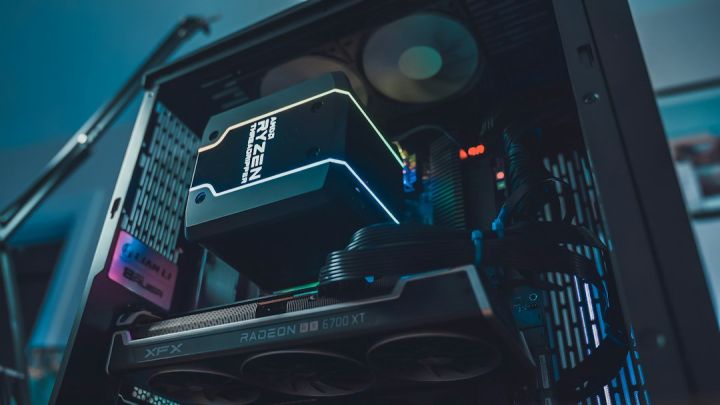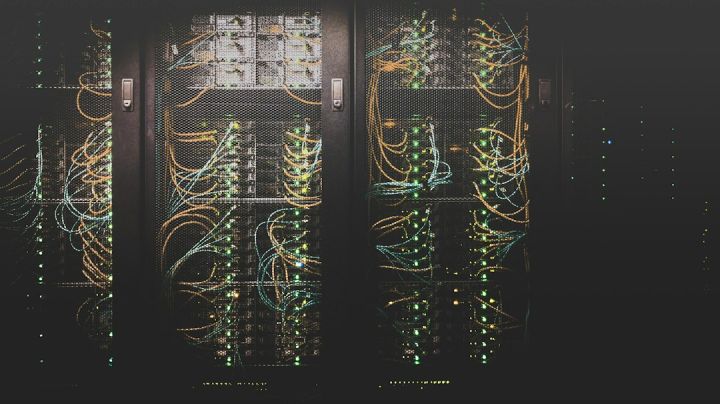What Is the Role of Edge Computing in Iot?
The Internet of Things (IoT) has revolutionized the way we interact with our devices and the world around us. From smart homes to wearable devices, IoT has become an integral part of our daily lives. However, with the increasing number of connected devices, there is a need for a more efficient and effective way to process and analyze the massive amounts of data generated by these devices. This is where edge computing comes into play.
Understanding Edge Computing
Edge computing is a distributed computing paradigm that brings computation and data storage closer to the location where it is needed, which is usually at the edge of the network. Unlike traditional cloud computing, where data is sent to a centralized server for processing, edge computing performs data processing and analysis closer to the source, reducing latency and improving overall system performance.
Enhanced Real-Time Responsiveness
One of the key benefits of edge computing in IoT is its ability to provide enhanced real-time responsiveness. By processing data at the edge of the network, edge computing reduces the time it takes for data to travel to a centralized server and back. This is particularly important in applications where real-time decision-making is critical, such as autonomous vehicles or industrial automation. With edge computing, these devices can process data locally, allowing for faster response times and more efficient operation.
Reduced Bandwidth Usage
Another major advantage of edge computing in IoT is its ability to reduce bandwidth usage. With the increasing number of connected devices, the sheer volume of data being generated is overwhelming traditional network infrastructures. By processing data at the edge, only relevant information needs to be sent to the cloud, reducing the amount of data that needs to be transferred over the network. This not only reduces bandwidth usage but also helps to alleviate network congestion and improves overall system performance.
Improved Data Privacy and Security
Data privacy and security are major concerns in the IoT ecosystem. With edge computing, data can be processed and analyzed locally, reducing the need to transfer sensitive information to the cloud. This significantly reduces the attack surface and enhances data privacy and security. Additionally, edge computing allows for real-time data analysis, which enables proactive threat detection and response, further enhancing the overall security of IoT systems.
Scalability and Flexibility
Edge computing also offers scalability and flexibility in IoT applications. With edge computing, computation and storage resources can be easily distributed across a network, allowing for efficient resource allocation based on the specific needs of the application. This enables IoT systems to scale and adapt dynamically to changing demands and requirements, without relying solely on centralized cloud resources. Furthermore, edge computing enables edge devices to operate autonomously, even in the absence of network connectivity, ensuring continuous operation and reliability.
The Future of IoT with Edge Computing
As the number of connected devices continues to grow exponentially, edge computing will play a crucial role in enabling the full potential of IoT. From enabling real-time decision-making to reducing bandwidth usage and enhancing data privacy and security, edge computing offers numerous benefits for IoT applications. With its scalability and flexibility, edge computing provides a robust and efficient framework for processing and analyzing the massive amounts of data generated by IoT devices. As the technology continues to evolve, we can expect to see even greater integration of edge computing in IoT systems, unlocking new possibilities and driving innovation in a wide range of industries.
In conclusion, edge computing is a fundamental component of the IoT ecosystem. Its ability to process data locally, reduce latency, improve system performance, and enhance data privacy and security make it an indispensable technology for the future of IoT. As the demand for connected devices continues to grow, edge computing will play a vital role in enabling the seamless and efficient operation of these devices, paving the way for a smarter and more connected world.






